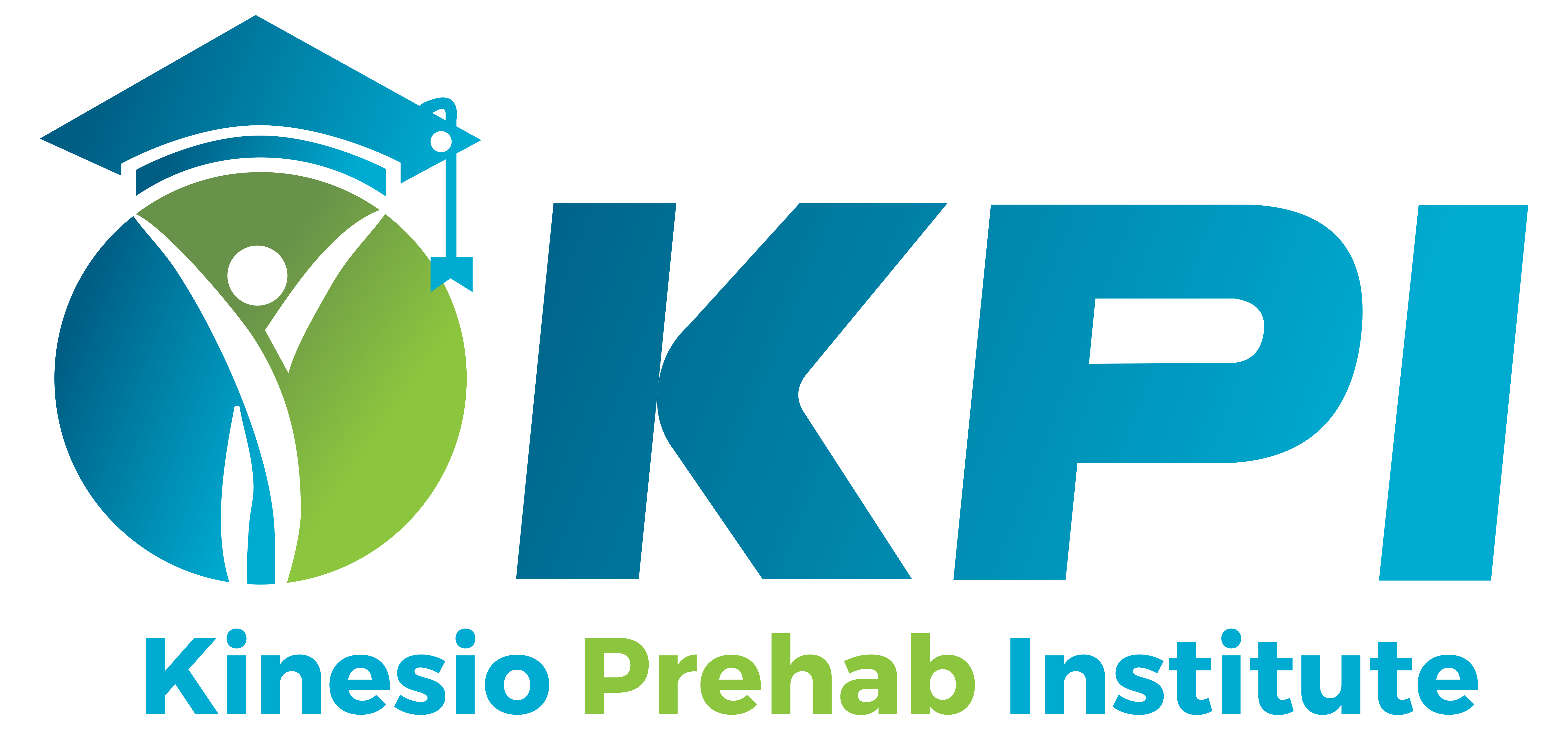The KPI – Kinesio Prehab Institute will introduce participants to a more clinical approach to Paediatric Dry Cupping Therapy (PDCT) and proper concepts of it. You will be taught basic fundamental techniques which you can use to apply the very same day. You will be guided how to use the vacuum for certain conditions and how to release restrictions, decrease pain, improve range of motion and improve sports performance, treat paediatric conditions .
NOTE: Paediatric Dry Cupping Therapy (PDCT) is an advanced therapy form in dry cupping therapy. Specific suction force according to children’s need is applied on the skin
“Please do not try dry cupping therapy on kids if you are not trained as PDCT Practitioner”
Course Description
Two days course includes complete theory and practical with different cups used specifically for Paediatric Conditions.
Understanding the concepts of cups like plastic/glass and silicone cups, learning the mechanics of cupping alongside the physiology of the body. You will be exposed to complete advanced approach of Paediatric Dry Cupping Therapy (PDCT) and it’s efficacy.
Topics will range from special conditions of pain, improving interstitial flow, to learning how to increase patients movement performance.
This course is basically designed for Paediatric Physiotherapists, Occupational Therapists & Rehab Physicians
Different types of cupping techniques will be taught for you to use in-conjunction with your practice. You will learn common mistakes that many practitioners repeatedly do without realizing, so you can enable the full therapeutic benefits of each treatment. Last but not least, you will have the opportunity for plenty of hands on practice to help you become a confident practitioner; adding value to your practice while watching your referrals grow faster than your competitors.
Course aims
The PDCT aims to graduate participants with the correct knowledge of how to use and apply paediatric dry cupping therapy with safe and sound reasoning. PDCT will allow practitioners to independently make patient assessments in line with paediatric dry cupping therapy protocols, find and correct common mistakes and understand how to modify both positioning and technique for optimal results.
The Therapy Cups
We use two types of cups, Aviation and Silicone. The cups are made with the highest medical grade silicone to ensure that they do not cause any allergic reaction or leave any harmful residues; like some product that are available on the market. The silicone cups are the most practical for mobile treatments, making it easier to carry as they take up very little space.
Course Outcomes
Participants will be able to correctly use Paediatric Dry Cupping Therapy (PDCT) for clinical and pain management treatments the very same day. Be able to seamlessly integrate PDCT into current practice. Correctly identify, address and modify techniques appropriate for a range of treatments. Participant will have a strong understanding of how to use any cupping tool in the market.
Course details at a glance :
- Introduction to Paediatric Dry Cupping Therapy
- Types of cups and how to choose them
- The anatomy of cups
- Handling and techniques of tools
- Treatment/ prognosis
- Physiology of cupping on the body
- Modifying techniques
- Kinetic chain release
- Practitioner positioning
- Cupping common mistakes
- Paediatric Dry Cupping Therapy mechanics
- Paediatric Dry Cupping Therapy principles
Conditions where Pediatric Dry Cupping Therapy can help :
- Myofascial Release
- Lymphatic Drainage
- Orthopaedic Conditions related to kids
- Neuromuscular Dysfunctions
- Movement Improvisation
- Trigger Point Therapy
- Cerebral Palsy kids with spasticity and muscle contractures.
- Autistic kids with tactile dysfunction
- Club Foot
- Sports injuries in kids causing knee injury, Medial Epicondylitis, Lateral Epicondylitis, Plantar Fascitis, Rotator Cuff Tendinitis, Patellar Tendinitis
- Toe walking (due to calf muscle tightness)
- Torticollis
- Myofascial Pain and Restrictions
- Musculoskeletal Imbalances
- Chronic Joint Swelling Associated with Sprains/Strains
- Back pain, including deconditioning.
- Posture issues and scoliosis Deep Tissue release
Body parts that may be worked at a glance:
- Plantar fascia
- Achilles tendon
- Calves
- Shins
- Quadriceps
- Hamstring
- IT band
- Piriformis
- Glute maximus
- Paraspinals
- Erectors Spinae
- Latissimus Dorsi
- Rhomboids
- Deltoid
- Upper trapezius
- Diaphragm
- Chest
- Shoulders
- Triceps
- Biceps
- Forearm
Participants will receive:
- PDCT (practice sessions)
- PDCT Practitioner Listing
- Certificate
- Manual
- Post course support
Who all can attend this course:
- Physiotherapists
- Occupational Therapists
- Rehab Specialists
- Osteopaths
- Chiropractors
- Medical Practitioners
- Rolfers
- Licensed/ Registered Manual Therapists
Qualification awarded:
Paediatric Dry Cupping Therapist Practitioner Certificate
Credentials earned:
PDCT Prt
Duration of the course:
16 hours
